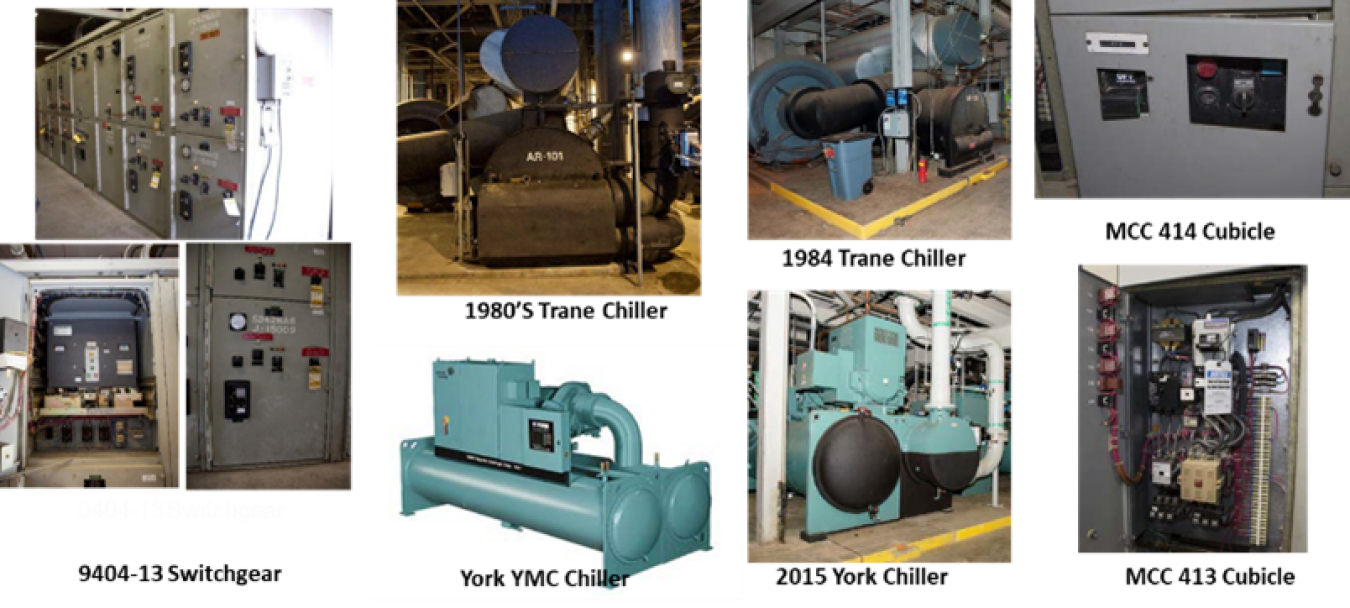NNSA is responding to the White House’s Executive Order on Tackling the Climate Crisis at Home and Abroad with the expansion of a successful Energy Savings Performance Contract at the Y-12 National Security Complex in Oak Ridge, Tennessee.
National Nuclear Security Administration
April 15, 2022

The National Nuclear Security Administration is responding to the White House’s Executive Order on Tackling the Climate Crisis at Home and Abroad with the expansion of a successful Energy Savings Performance Contract at the Y-12 National Security Complex in Oak Ridge, Tennessee. Since 2009, the ESPC with Johnson Controls has upgraded utility, distribution, and other vital systems at Y-12 to significantly improve energy performance and savings. The expanded ESPC will ensure Y-12 also sees upgrades to electrical and cooling systems throughout the site.
Energy Savings Performance Contracts, known as EPSCs, are a unique federal contracting approach that allows federal facility owners to make energy-saving improvements without tapping into capital improvement budgets or paying up-front costs. Under an EPSC, a government agency contracts with energy service companies to make improvements, and pays for them out of the cost savings yielded from the increased efficiency of the new facilities. That’s good for government agencies, good for taxpayers and good for the climate.
Y-12’s EPSC with contractor Johnson Controls have generated enough cost savings to pay for the $269 million project over the contract term. This provides NNSA with some certainty that its energy costs and updated infrastructure will continue to accrue cost savings and reliability benefits even after the contract period ends. To date, the ESPC has saved NNSA an average of $10.1 million annually.
In 2009, Y-12 entered the initial ESPC with Johnson Controls using the annual projected savings to pay for the work over 25 years. This first phase of the project included a new condensate collection system, a demineralized water treatment facility for the site, a 480-volt transformer, and new equipment in chiller-cooled buildings where equipment dated as far back as the 1950s.
An expansion in fiscal year 2019 included the installation of 20,000 feet of natural gas lines, energy efficient lighting, numerous equipment and installations in chiller-cooled buildings, and the conversion from steam to natural gas heating in multiple buildings. It also included the metering 61 buildings for electricity and 15 for natural gas; upgrading electrical controls; and installing conditioner towers, heat exchangers, refrigeration units, and other lighting and HVAC upgrades. The newest expansion provides new electrical switchgears, transformers, cooling tower condensate pumps, and multiple chillers throughout the Y-12 site.
These cost savings are not just great for NNSA and the stewardship of taxpayer dollars, but their accompanying energy efficiencies are a bonus for the environment as well.
Learn more about NNSA’s Office of Safety, Infrastructure, and Operations.

